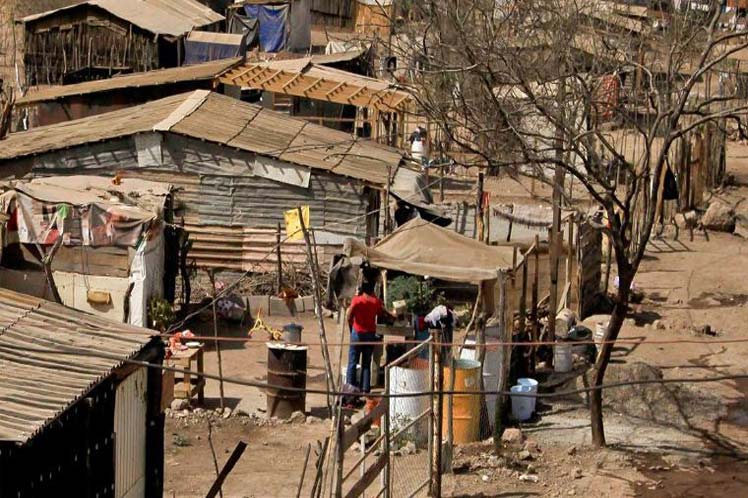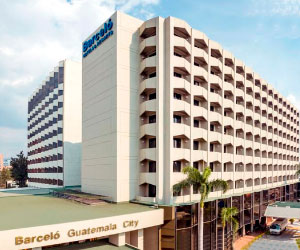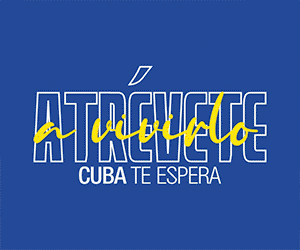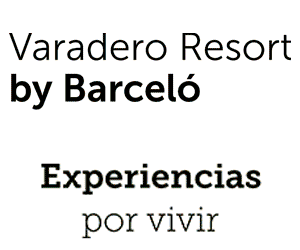Latin America and the Caribbean is one of the regions of the world most affected by poverty, according to data from the World Bank and the Economic Commission for Latin America and the Caribbean (ECLAC), with the poverty rate much more acute in some countries than others.
And the number of people living in poverty in the region will likely rise, given the adverse economic scenario of high inflation and slow economic growth, according to recent studies.
The World Bank estimates that around 66 million people will end 2022 living in extreme poverty, equivalent to 11.2% of the population of the countries surveyed by the multilateral entity.
However, if we take the total poverty figure including homelessness, by the end of this year some 170 million people of the 590 million people living in the region will be living in extreme poverty, 28.8% of the region’s total, while according to ECLAC the figure is 33%.
However, those figures do not include Venezuela, a country that is going through a severe humanitarian crisis and, if included, would swell the figures. In the absence of official data, it is difficult to determine for certain how many of the country’s 28.44 million people are living in poverty.
Nevertheless, private studies offer a glimpse into the situation in Venezuela, among them the Survey of Living Conditions (Encovi) carried out by the Andrés Bello Catholic University (UCAB), which indicates that 94.5% of the population of Venezuela were living in poverty in 2021, while the figure for those in extreme poverty was 76.6%.
Luis Pedro España, a researcher at the university, told Bloomberg Línea that it is very possible that the total number of people living in poverty in the country will show a strong decrease in 2022, to around 70%.
Poverty across the Region
The Latin American and Caribbean countries for which the World Bank has poverty figures are Argentina, Bolivia, Brazil, Chile, Colombia, Costa Rica, Dominican Republic, Ecuador, El Salvador, Guatemala, Haiti, Honduras, Mexico, Nicaragua, Panama, Paraguay, Peru and Uruguay.
In addition to Venezuela, most Caribbean countries do not provide updated figures.
The World Bank carries out its poverty survey based on a unit of measurement called Purchasing Power Parity (PPP), which assumes the US dollar has the same purchasing power in all countries.
For 2022, the PPP at 2017 values is used as a reference.
Based on this measurement, data compiled by Bloomberg Linea shows that, by 2022, it is estimated that 66 million people will be living on less than $3.65 PPP per day (extreme poverty) and 170 million people will be living on less than $6.85 PPP per day. The second figure also encompasses the first.
The number of people in Latin America living on less than $3.65 per day in 2017, and the number of people living on less than $S6.85 per day in 2017.dfd
The number of people in Latin America living on less than $3.65 per day in 2017, and the number of people living on less than $S6.85 per day in 2017.
However, the figures represent an improvement on 2021, as last year 70 million people were living on less than $3.65 (at the 2017 PPA level), and around 177 million were living on less than $6.85 per day, at the PPA rate.
Methodology
The methodology used by the World Bank to measure the number of people living in the most extreme poverty involves counting those individuals who must subsist on less than $2.15 a day (at purchasing power parity). However, a specialist in the field pointed out that the bar for Latin America should be higher, so it was decided to consider extreme poverty as subsistence.
Leopoldo Tornarolli, a senior researcher at the Center for Distributive, Labor and Social Studies (CEDLAS), explained that the current measure of $2.15 per day (at the 2017 PPP rate) is what at the beginning of the 21st century was described as living on “one dollar a day”, while living on $3.65 PPP per day is equivalent to what at that time was called living on “two dollars a day”.
Having made this first methodological clarification, Tornarolli said that, “for a Latin American country (middle-income region), the $3.65 PPP line would mark extreme poverty and the $6.85 PPP line the poverty line”.
“The $2.15 line is thought of as extreme poverty for low-income regions (mainly African countries)”.
Some of the data that the World Bank uses cites Cedlas as its source.
Demographic characteristics of the poorest people
- Based on the data available, Bloomberg Línea has been able to analyze the demographics of those people living on less than $2.15 per day in Latin America. That is, on the bare minimum, even by the standards of the poorest African countries.
- Taking 2021 data, 52.7% of people living on less than $2.15 PPP in Latin America live in urban areas, while 47.3% reside in rural areas. This represents a major change in the trend, since until 2019, 47.7% of the people in this situation in the region lived in urban areas.
- On the other hand, 52.1% of people living on $2.15 PPP per day are women, and 47.9% are men.
- 57.2% of the people living at these levels of indigence are between 15 and 64 years of age. 39.4% are under 14 years of age, and 3.4% are over 65 years of age.
- Of the people with the lowest daily income in the entire region, 45% live in the countries of Central America, Mexico and Haiti; 38% live in Brazil; 15.9% in the Andean region (Bolivia, Colombia, Ecuador and Peru) and 1% in the Southern Cone (Argentina, Chile, Paraguay and Uruguay). This may be due to the fact that the country with the largest population in the Southern Cone (Argentina) has a universal minimum income for children that allows people in destitution to be slightly above the minimum established by the World Bank to define extreme poverty.
- In 2019, 5.2% of the population living in poverty (30 million people) lived on less than $2.15 PPP a day and that figure fell to 5% in 2020.
But how can that drop in the number of people living on less than $2.15 PPP during the Covid-19 pandemic be explained?
World Bank sources told Bloomberg Línea that, “in 2020, the number of people living on less than $2.15 PPP per day increased in most Latin American and Caribbean countries. However, Brazil implemented an emergency transfer program that benefited nearly 67 million people, and lifted millions of people out of that extreme poverty band. As a result, the number decreased”.
However, in 2021 there was a relapse and the number of people living in that level of poverty increased by 5.6%.
Poverty in Latin America according to ECLAC
In order to have compare the World Bank’s data, Bloomberg Línea contacted the Economic Commission for Latin America (ECLAC), an agency of the United Nations responsible for promoting economic and social development in the region, and which measures poverty based on the population’s income.
The latest figures published by ECLAC, in June 2022, estimate that for this year extreme poverty will encompass 14.5% of the population, while 33% of the region’s population are living in poverty.
ECLAC’s survey includes the same countries as the World Bank, with the exception of Haiti.
Xavier Mancero, head of the social statistics unit of ECLAC’s statistics division, revealed to Bloomberg Línea some of the highlights of the organization’s latest report:
- The pandemic generated a significant deterioration in the situation. In 2020, 33% of the population was living in poverty, with 13.1% living in extreme poverty.
- The 2022 poverty rate is at a level similar to that of the late 2000s, while extreme poverty rose to levels recorded 20 years earlier.
- The deterioration in the indicators was the result of a sharp drop in labor income, which was partially offset by income transfers received by households, without which poverty figures would have reached even higher levels.
- On the other hand, poverty projections for this year consider a scenario of low economic growth and rising inflation, especially of food prices. This context is related to the war in Ukraine, especially the increase in the prices of some foodstuffs.
- ECLAC forecasts that the incidence of regional poverty would increase again to 33% (it had fallen to 32.1%), that is, it would return to levels similar to those observed in 2020, during the pandemic.
- Extreme poverty, on the other hand, would maintain its upward trend, which has been steadily rising in recent years.
- According to ECLAC’s Social Panorama of Latin America 2021 report, figures for 2020 show that women between the ages of 25 and 59 have higher poverty rates than men in the same age range in all countries of the region.
“The results regarding the limited economic performance expected for 2022 and a growing inflation generate an adverse context for the living conditions of the population and their possibility of acquiring essential goods and services,” the ECLAC study states. (https://www.bloomberglinea.com/english/number-of-latin-americans-living-in-poverty-expected-to-surpass-one-third-of-total/)



































